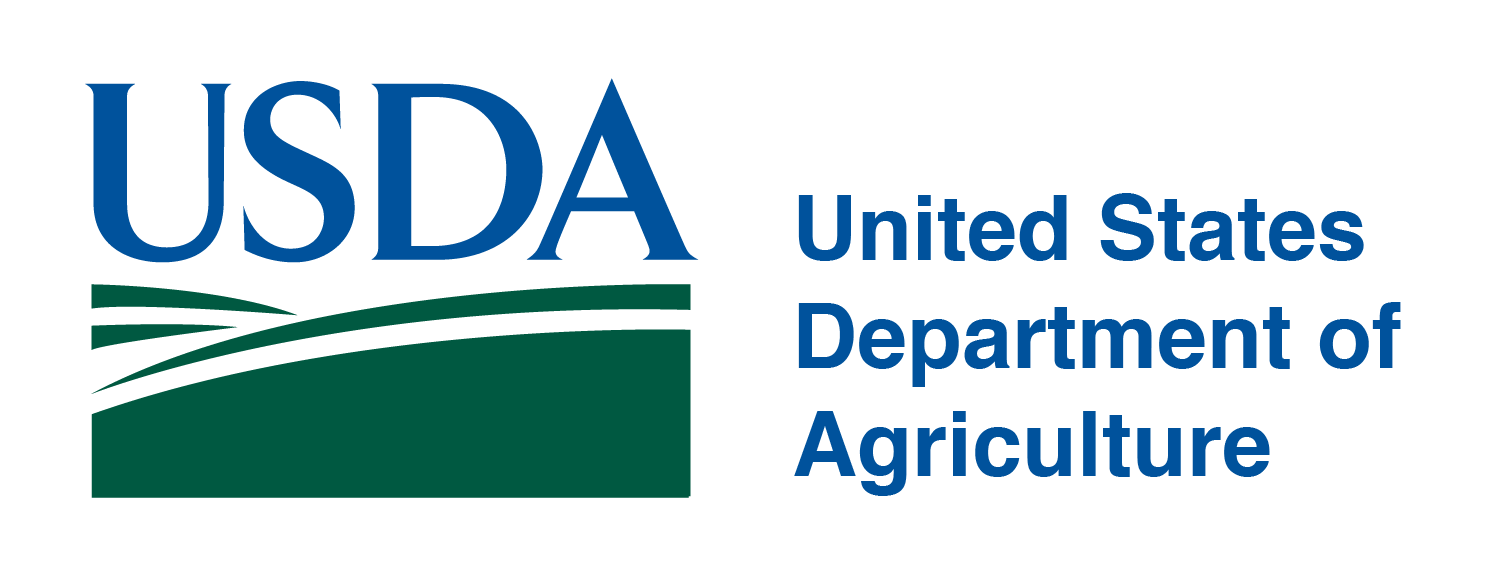
Live, informational webinars happening soon!
January 8: Rural-Serving PHAP Host Site Panel Discussion
2 – 3 pm ET Register for the meeting here
January 23: General PHAP Host Site Technical Assistance Call
2 – 3:30 pm ET Register for the meeting here
Are you looking for ways to fill workforce gaps to assist your organization’s delivery of public health services? Did you know CDC has a unique program that places motivated early-career public health professionals with public health organizations?
CDC’s Public Health Associate Program (PHAP) helps recent college graduates jump start their careers in public health with a CDC-funded two-year fellowship that offers hands-on, real-life experience in the day-to-day operations of public health programs in local communities. PHAP opportunities are also available with rural-serving organizations to help address the public health needs in rural communities.
Register below for the Rural-Serving PHAP Host Site Panel Discussion about the 2025 application process and the General PHAP Host Site Technical Assistance (TA) Call.
- TA calls are open to all organizations interested in applying to host a CDC public health associate in early 2025. Discussion topics include new resources for host organizations to use when applying and an overview of the updated application system.
- The rural host site sessions are for rural-serving organizations interested in applying to host a CDC public health associate in early 2025. These calls will feature a panel of rural-serving PHAP host site supervisors who will share their experience applying to host an associate.
For more information about CDC’s PHAP, visit PHAP Overview.



